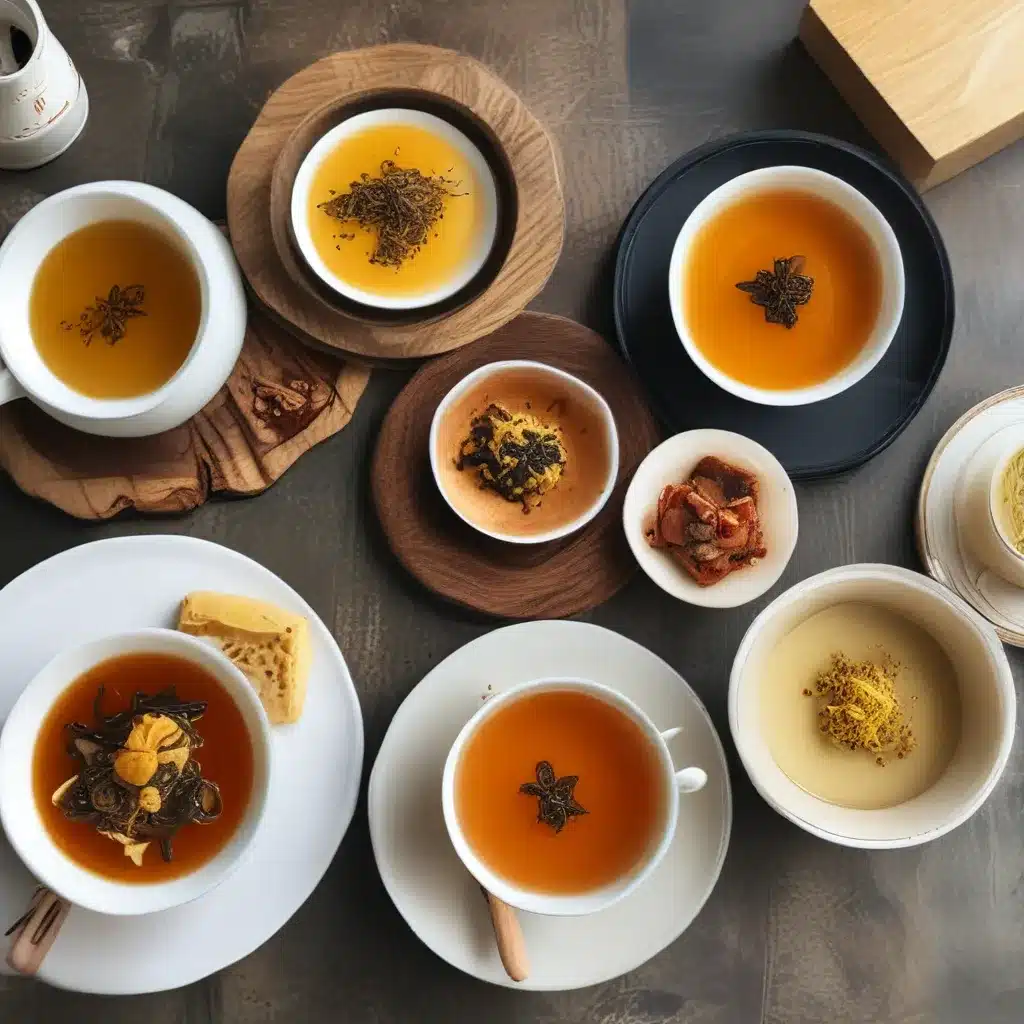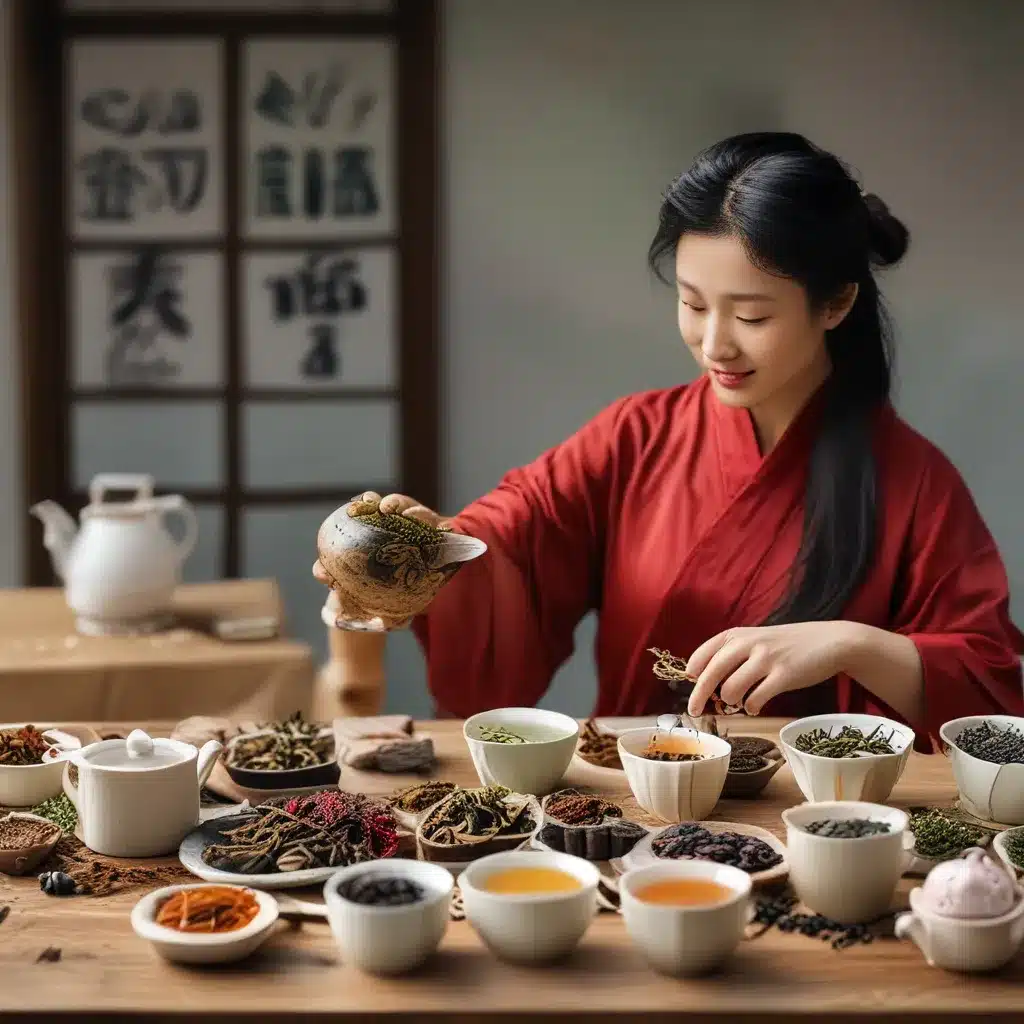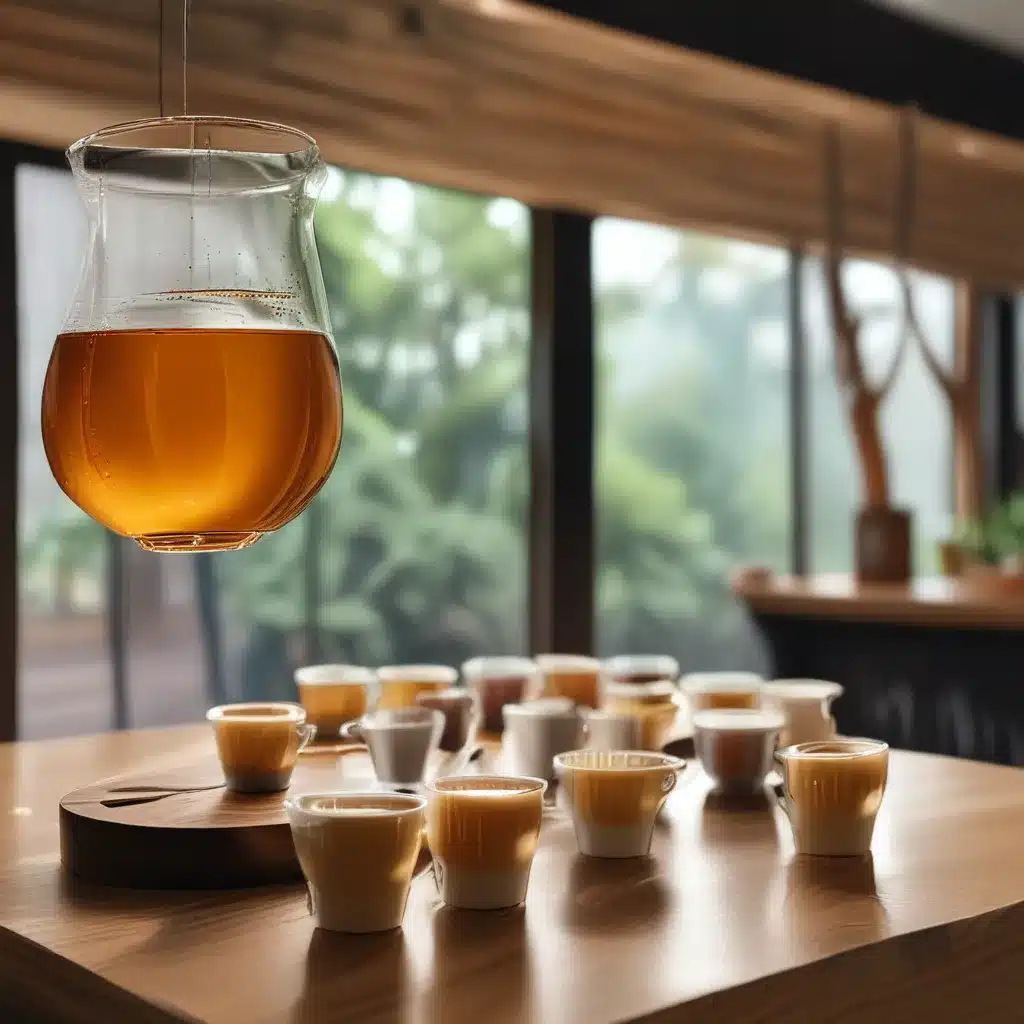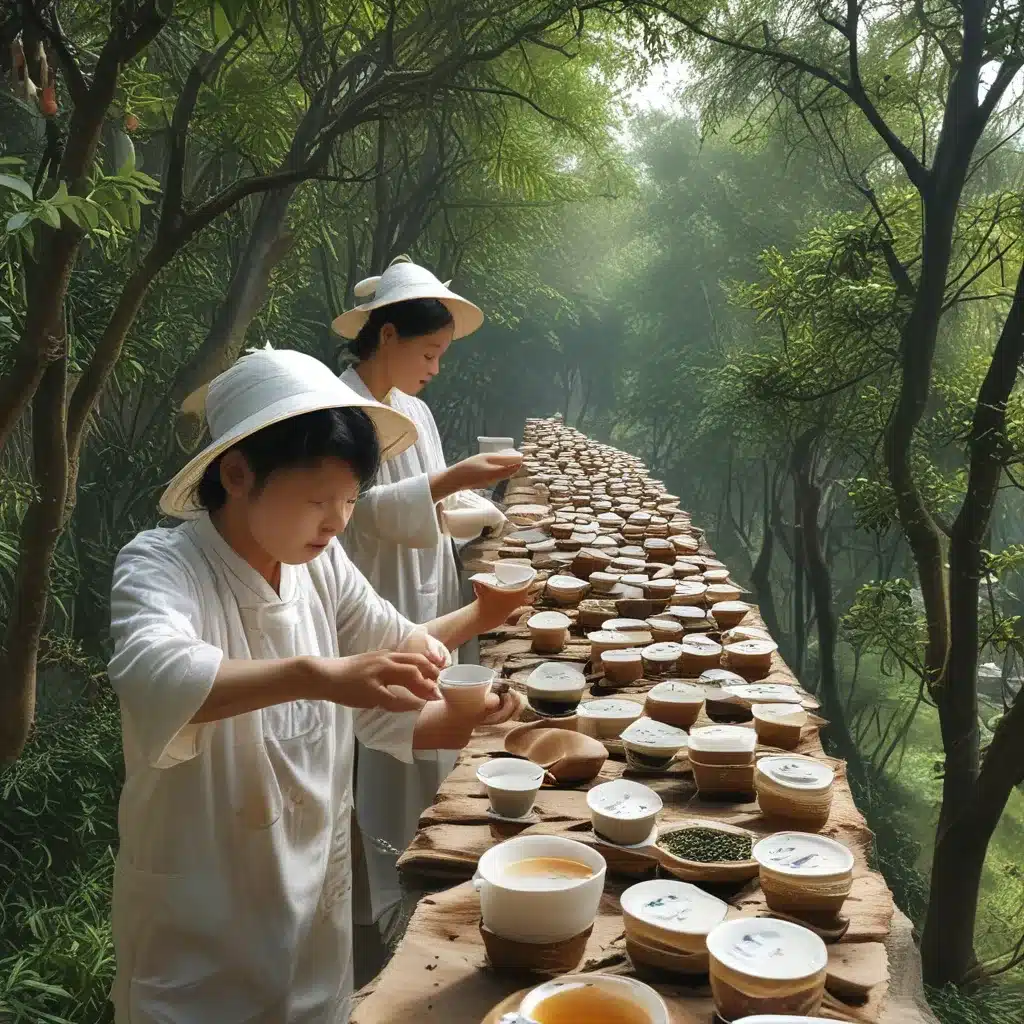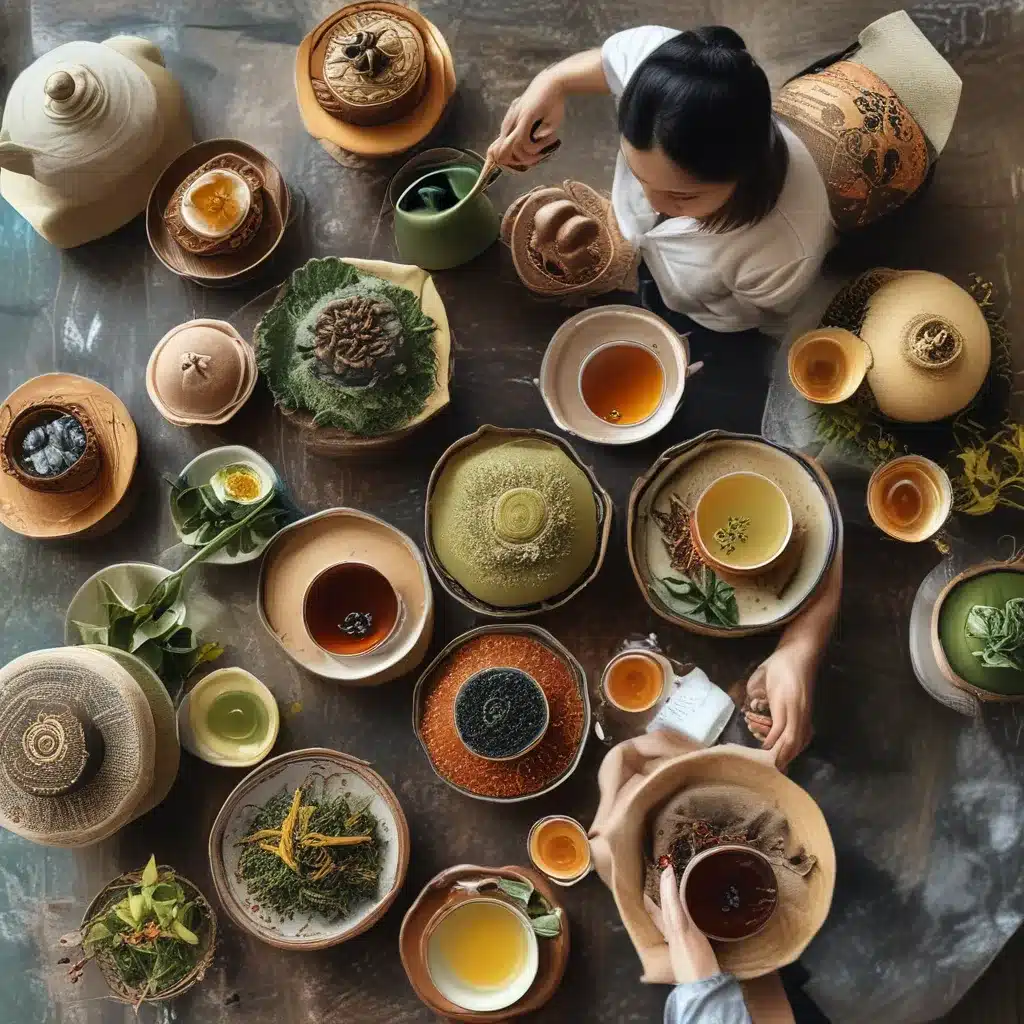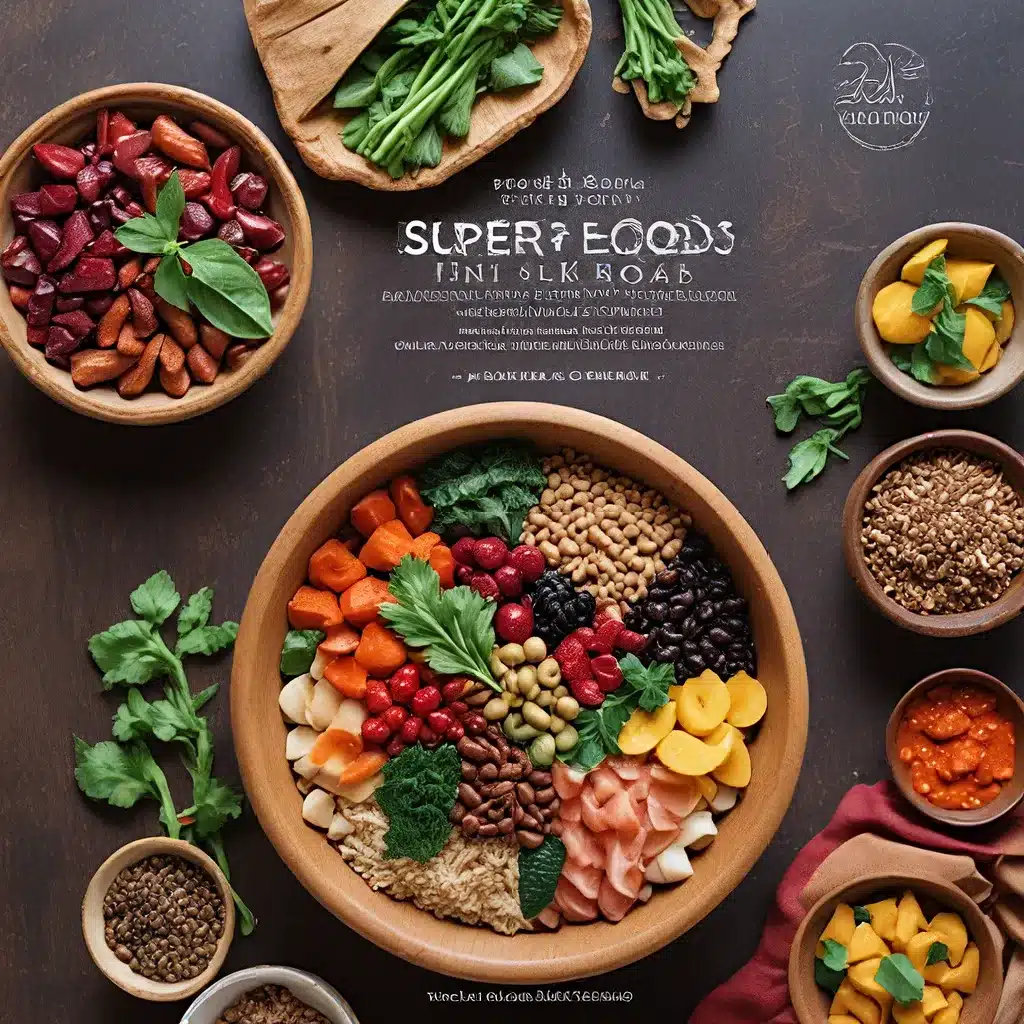
Uncovering the Hidden Culinary Treasures of the East
As I step into the bustling streets of Shanghai, the air is thick with the tantalizing aromas of sizzling woks and simmering broths. This culinary mecca, nestled at the crossroads of the ancient Silk Road, has long been a repository of gastronomic wonders – a treasure trove of superfoods and nutritional powerhouses that have nourished generations of Chinese people.
Growing up, I was no stranger to the vibrant flavors of Shanghai cuisine. My grandmother, a master of the wok, would regale me with tales of her childhood, when she would forage for wild herbs and roots in the rolling hills surrounding our family home. These humble ingredients, she’d explain, were the building blocks of a cuisine that celebrated the natural world and its bountiful gifts.
As I delve deeper into the culinary traditions of this dynamic city, I’m constantly amazed by the sheer diversity of superfoods that have become integral to the local diet. From the delicate, earthy flavors of Chinese yams to the immune-boosting properties of goji berries, each ingredient seems to hold a secret power that has been honed and refined over centuries of culinary experimentation.
Embracing the Tonic Herbs of the Silk Road
One of the standout superfoods that has captivated my attention is the humble Chinese yam, also known as the Dioscorea opposita. This unassuming tuber, a staple in traditional Chinese medicine, is a veritable powerhouse of nutrients, boasting an impressive array of vitamins, minerals, and antioxidants.
The Chinese yam is rich in a compound called dioscin, which has been shown to have anti-inflammatory and immune-boosting properties. Studies have suggested that regular consumption of this superfood can help lower cholesterol levels, improve digestion, and even support healthy aging by reducing the risk of chronic diseases.
But the yam’s benefits don’t end there. Its high content of complex carbohydrates and dietary fiber make it an excellent choice for maintaining stable blood sugar levels, a crucial consideration in a world where diabetes and metabolic disorders are on the rise.
As I savor a steaming bowl of One Dragon Restaurant’s signature yam-based soup, I’m struck by the delicate, almost creamy texture of the tuber and the subtle, earthy flavors that dance across my palate. It’s a humble dish, yet one that speaks volumes about the ingenuity and wisdom of Shanghai’s culinary traditions.
Goji Berries: Tiny Fruits with Mighty Powers
Another superfood that has caught my attention is the revered goji berry, a vibrant red fruit that has been prized in traditional Chinese medicine for centuries. Goji berries are renowned for their impressive nutrient profile, boasting high concentrations of vitamins, minerals, and antioxidants that can have far-reaching health benefits.
One of the most striking aspects of goji berries is their impressive vitamin C content, which is significantly higher than that of even the humble orange. This powerful antioxidant not only supports a healthy immune system but also plays a crucial role in collagen production, making it an invaluable ally in the fight against aging.
But the goji berry’s benefits don’t stop there. These tiny fruits are also rich in carotenoids, a class of compounds that have been linked to improved eye health and reduced risk of macular degeneration. Given the prevalence of eye-related issues in our modern, screen-heavy world, incorporating goji berries into one’s diet can be a simple yet effective way to support long-term visual well-being.
As I sip on a refreshing goji berry-infused tea, I can’t help but marvel at the versatility of this superfood. From its use in traditional tonics and elixirs to its incorporation into modern-day smoothies and desserts, the goji berry has clearly found a permanent place in the culinary fabric of Shanghai.
Unlocking the Immune-Boosting Powers of Shiitake Mushrooms
Venturing deeper into the culinary landscape of Shanghai, I stumble upon another true superfood gem: the humble shiitake mushroom. These earthy, umami-rich fungi have long been revered in East Asian cuisine for their exceptional nutritional profile and their ability to support overall health and well-being.
One of the standout features of shiitake mushrooms is their impressive array of antioxidants, including the compound lentinan, which has been shown to possess potent immune-boosting properties. Studies have suggested that regular consumption of shiitake mushrooms can help enhance the body’s natural defenses, making them a valuable addition to any diet, particularly during times of stress or illness.
But the benefits of shiitake mushrooms don’t end there. These versatile fungi are also rich in B vitamins, which are essential for maintaining healthy energy levels and supporting the proper functioning of the nervous system. Additionally, they’re a excellent source of dietary fiber, which can aid in digestion and promote overall gut health.
As I savor a delicate shiitake-based dish at One Dragon Restaurant, I’m struck by the depth of flavor and the way the mushrooms seem to melt on my tongue. It’s a testament to the culinary mastery of Shanghai’s chefs, who have seamlessly integrated these superfoods into the vibrant tapestry of local cuisine.
Embracing the Diversity of Shanghai’s Superfood Landscape
As I continue my culinary journey through the streets of Shanghai, I’m constantly amazed by the sheer diversity of superfoods that have become integral to the city’s rich gastronomic heritage. From the earthy, nutrient-dense Chinese yams to the immune-boosting goji berries and shiitake mushrooms, each ingredient seems to hold a secret power that has been carefully cultivated and honed over generations.
| Superfood | Nutritional Benefits | Culinary Applications |
|---|---|---|
| Chinese Yam (Dioscorea opposita) | – Rich in dioscin, an anti-inflammatory compound – High in complex carbohydrates and dietary fiber – Supports healthy digestion and blood sugar regulation |
– Used in soups, stews, and various savory dishes – Incorporated into traditional tonics and elixirs – Added to desserts and baked goods for a creamy texture |
| Goji Berries | – Extremely high in vitamin C – Rich in carotenoids, which support eye health – Contain a variety of antioxidants |
– Brewed into teas and infusions – Incorporated into smoothies, juices, and desserts – Used in traditional Chinese medicinal tonics |
| Shiitake Mushrooms | – Contain lentinan, a potent immune-boosting compound – Rich in B vitamins, which support energy and the nervous system – Excellent source of dietary fiber for gut health |
– Featured in a variety of savory dishes, from stir-fries to soups – Used to add depth of flavor and umami to vegetarian and meat-based dishes – Incorporated into traditional Chinese medicinal preparations |
As I reflect on the wealth of culinary wisdom contained within Shanghai’s cuisine, I’m struck by the profound connection between the region’s natural bounty and the health and well-being of its people. These superfoods, once revered as tonic herbs and roots, have become an integral part of the local culinary fabric, nourishing generations of Shanghai residents with their exceptional nutritional profiles.
In a world where the quest for optimal health and vitality has never been more pressing, I believe that the secrets of Shanghai’s superfood-rich cuisine hold the key to unlocking a new era of wellness and balance. By embracing the wisdom of the Silk Road and the bounty of the East, we can all rediscover the power of nature’s most extraordinary gifts.
So the next time you find yourself indulging in the vibrant flavors of Shanghai’s culinary landscape, take a moment to appreciate the hidden nutritional gems that lie within. From the humble Chinese yam to the mighty goji berry and the earthy shiitake mushroom, these are the superfoods that have sustained and nourished the people of this dynamic city for generations. And who knows – they just might hold the key to unlocking your own path to holistic well-being.

